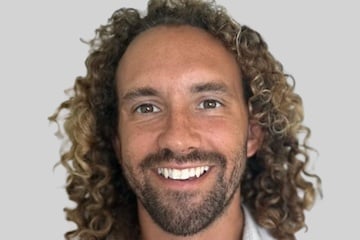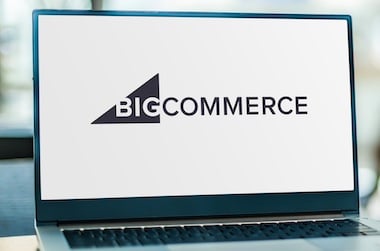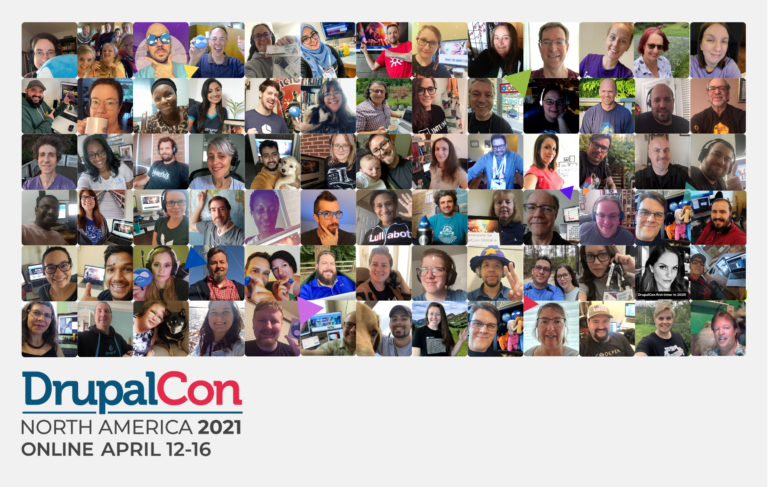
Resilience comes to mind when describing Hunter Durham. In eight years, he went from a college graduate to a Facebook employee to a company owner to bankruptcy.
Fortunately for us, he’s willing to share his experience. It’s a helpful case study on borrowing money, riding an ecommerce boom, and relying on a single client.
The entire audio of my conversation with Durham is embedded below. The transcript is edited for length and clarity.
Eric Bandholz: Tell us about your journey.
Hunter Durham: I filed for personal bankruptcy late last year. Since then I’ve helped a friend here in Puerto Rico launch a cocoa business. We raised a couple hundred thousand dollars in financing but ultimately decided the timing wasn’t right. So I’m now looking for my next role.
I’ve had multiple ecommerce and marketing positions. I was a college intern at Red Bull and then Dell in Austin. My first full-time job was at Microsoft during my senior year. I graduated in 2017 and landed at Facebook that year. I was on the advertising team managing ecommerce accounts.
It was a lot of fun. My clients included Johnsonville (sausages), Pacific Life (insurance), and roughly 50 other ecommerce brands. That was back when everything was pretty open on Facebook. I could see top-line revenue, how much they were spending on advertising, and their margins. I did that for about three years before joining one of my largest clients in 2019, a drop shipper out of Canada that has since gone out of business.
I stayed there for about seven months, then Covid hit, and ecommerce blew up. My experience came into heavy demand. I consulted with Sampars, the grocery wholesaler. That position became my agency, Impact Industry Marketing, which grew rapidly during the next few years.
During that time I bought three businesses in the furniture space. Two were shippers — we provided delivery services for furniture retailers. Then, last August, our largest customer ceased operations. They owed us in the high six figures in revenue. It forced me to file for bankruptcy late last year.
So I’m back to square one.
Bandholz: You lost your biggest customer.
Durham: The company was Mitchell Gold + Bob Williams — a giant high-end furniture manufacturer doing $180 million the year before they went out of business. They had been around for 25 years, with about 60 retail locations and an online presence.
When I bought the two shipping companies, Mitchell Gold represented 15% of our revenue, but by the time they shut down, it was 60%, or about $3 million a year. We serviced about 33% of their total shipping volume. When they shut down, our business died.
I had outstanding operating expenses, plus an SBA loan we had taken out to acquire the shipping companies. I couldn’t repay that loan, which I had personally guaranteed. That prompted the bankruptcy filing.
Bandholz: Could you elaborate on the bankruptcy process?
Durham: I had to learn a lot quickly. I had no clue. When we stopped getting paid, I started calling bankruptcy lawyers. It was a crash course.
Mitchell Gold started delaying payments in June 2023, and the company ceased operations in August. I spent the whole summer in crisis mode as it became apparent they would not pay us.
It was a matter of putting one foot in front of the other, letting employees go, and then engaging attorneys to start my bankruptcy.
Bankruptcy is an orderly process that unwinds many bad things. Chapter 11 bankruptcy is restructuring. It ironically costs a lot of money. For example, my bankruptcy attorney required a $250,000 retainer. Bankruptcy attorneys are the first to get paid.
Then you get a restructuring advisor paid for by the debtor (my company) but mandated by the bank. Chapter 7 is liquidation. It’s much cheaper than Chapter 11.
I had a couple of months of savings when I realized I had to file. Bankruptcy is a snapshot in time. It matters when you file and what you file. A bankruptcy lawyer figures that out.
Bandholz: All of that is now behind you. What’s next?
Durham: I’m still exploring. I may return to running an agency, perhaps focusing on clients’ creative and business strategies. Combining artificial intelligence with branded content seems promising.
Bandholz: We look forward to your next moves. Where can people follow you or reach out?
Durham: I’m on X, @Huntercdurham.






